
photo: Anna Chmielewska
Radek Kucharski grew up in Poland and lives in Warsaw. Born to a jazz-playing father, he was probably not destined to have a full-time job. After studying geography, he completed his first overland trip to India and Nepal in 2000, and trekking in the Himalayas quickly became a favourite activity. He has also trekked in Iran, Pakistan and Scandinavia. He treks independently, often alone, and believes this is the best way to get to know a place and its people. Introduced to the darkroom by his grandfather, Radek uses a camera to document every trip and shows his work in public while speaking about the places that fascinate him.
Having worked for a small GIS company for over 10 years, Radek now chiefly guides trekking groups to Ladakh and the Nepali Himalayas, as well as leading adventure travel trips to South Asia and tours to Scandinavia.
Having recently become a father, he looks forward to the challenges and inspirations that discovering the world with a child will bring. www.radekkucharski.com
Other Cicerone guides by the author
Trekking in Ladakh
EVEREST: A TREKKER'S GUIDE
Base Camp, Kala Patar and other trekking routes in Nepal and Tibet
by Radek Kucharski
JUNIPER HOUSE, MURLEY MOSS,
OXENHOLME ROAD, KENDAL, CUMBRIA LA9 7RL
www.cicerone.co.uk
Radek Kucharski 2018
Fifth edition 2018
ISBN: 978 1 85284 836 1
Fourth edition 2012
Third edition 2005
Second edition 2000
First edition 1995
Printed by KHL Printing, Singapore
A catalogue record for this book is available from the British Library.
All photographs are by the author unless otherwise stated.
 Route mapping by Lovell Johns www.lovelljohns.com
Route mapping by Lovell Johns www.lovelljohns.com
Contains OpenStreetMap.org data OpenStreetMap contributors, CC-BY-SA. NASA relief data courtesy of ESRI
Dedication
To the nameless porters who supply lodges along the trail in Khumbu, making the trek easier or even feasible. To those travellers who are ready to compromise some of their comforts and desires to protect the vulnerable environment and the local cultures. To visitors who come to learn and enrich themselves rather than change others.
Updates to this guide
While every effort is made by our authors to ensure the accuracy of guidebooks as they go to print, changes can occur during the lifetime of an edition. Any updates that we know of for this guide will be on the Cicerone website (www.cicerone.co.uk/836/updates), so please check before planning your trip. We also advise that you check information about such things as transport, accommodation and shops locally. Even rights of way can be altered over time.
The route maps in this guide are derived from publicly available data, databases and crowd-sourced data. As such they have not been through the detailed checking procedures that would generally be applied to a published map from an official mapping agency, although naturally we have reviewed them closely in the light of local knowledge as part of the preparation of this guide.
We are always grateful for information about any discrepancies between a guidebook and the facts on the ground, sent by email to updates@cicerone.co.uk or by post to Cicerone, Juniper House, Murley Moss, Oxenholme Road, Kendal, LA9 7RL.
Register your book: To sign up to receive free updates, special offers and GPX files where available, register your book at www.cicerone.co.uk.
Warning
All mountain activities contain an element of danger, with a risk of personal injury or death. Treks described in this guidebook are no exception. Under normal conditions, wandering the trails towards Everest will be neither more nor less hazardous than walking among big mountains anywhere in the world, but trekking involves physically demanding exercise in a challenging landscape, where caution is advised and a degree of stamina is often required, and it should be undertaken only by those with a full and proper understanding of the risks involved, and with the training and experience to evaluate them. Trekkers should be properly equipped for the routes undertaken. The effects of altitude and the potential for altitude sickness (AMS) or worse, and how to deal with it, should be understood before you go trekking.
While every care and effort has been taken in the preparation of this guide, the user should be aware that conditions can be highly variable and change rapidly. Rockfall, landslide and crumbling paths can alter the character of the route, and the presence of snow and the possibility of avalanche must be carefully considered, for these can materially affect the seriousness of a trek.
Therefore, except for any liability which cannot be excluded by law, neither Cicerone Press nor the author accepts liability for damage of any nature (including damage to property, personal injury or death) arising directly or indirectly from information given in this guide.
Readers are warned that trekkers are sometimes badly injured by passing yaks; a few unfortunates die of hypothermia or acute mountain sickness; while some simply lose their balance and fall from the trail due to a momentary loss of concentration. Since there is no organised mountain rescue service in Nepal, such as exists in some mountain regions of Europe, if an accident occurs self-help may be the only option. Note too, that where it is possible to summon a rescue helicopter, the cost of doing so is very high and guarantee of payment essential. Make sure your insurance includes such costs, and carry a credit card with sufficient funds to back its use for the initial call-out.
Everyone trekking in the Everest region should assume responsibility for their own safety and look to the needs of those with them. This includes especially porters and members of a trek crew, as well as fellow trekkers .
Acknowledgements
In preparing this book I have had the pleasure of getting to know Kev Reynolds. A legend in guidebook writing, Kev is a trekker whose experience can be rivalled by few, if any, Himalaya specialists but first and foremost he is a very warm person with whom I have enjoyed spending time. I count myself lucky to have had the chance to be inspired by Kev, to work with and be patiently advised by him. Kev is the author of previous editions of this guidebook, and much of this edition is based on his extensive experience. Parts of the book are taken directly from his previous editions, namely: Solukhumbu, The Story of Everest, Sherpa people, specific seasonal information in Seasons and weather, Minimum impact trekking, Cultural interaction, part of The Swiss Road, Babu Chhiri Sherpa, and appendices B and F.
In addition, Kev wrestled my English into submission during the editing process. Im extremely grateful to him for all of this and above all for the kind and patient corrections, suggestions and teachings. I was also privileged to be Mins and Kevs guest at their home in Kent when the planning work for this book began.
This book would not exist without the trust placed in me by Kev and by Jonathan Williams of Cicerone. Im sure working with me is more difficult, for various reasons, than it is with other authors; Im very grateful to both of them for giving me the opportunity to work on this title and for all the suggestions and help I have received.
Bart Jordans and Joe Williams are the authors of the trekking in Tibet part, which was included in the previous edition and is now updated in this book. Im grateful to them for letting me use their material. The Tibetan treks were put together, edited and introduced by Kev, and I again thank him for undertaking this work.




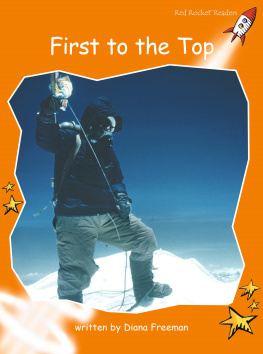
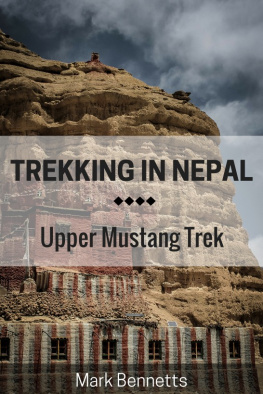
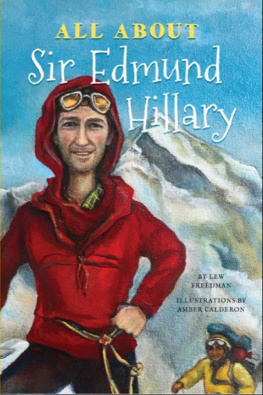
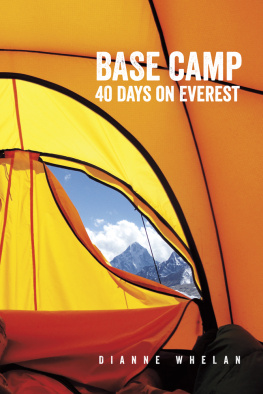

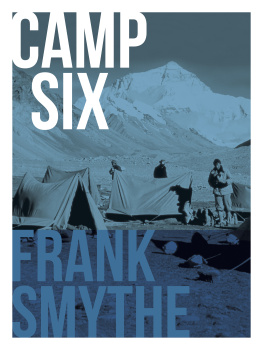

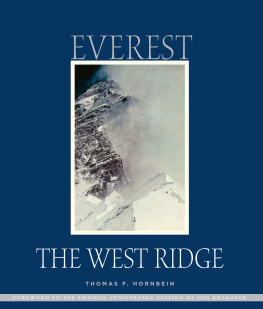
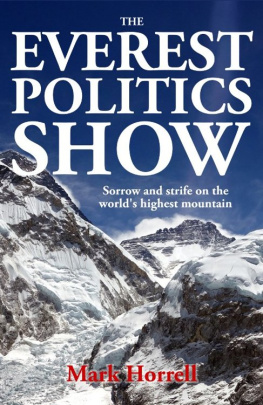


 Route mapping by Lovell Johns www.lovelljohns.com
Route mapping by Lovell Johns www.lovelljohns.com